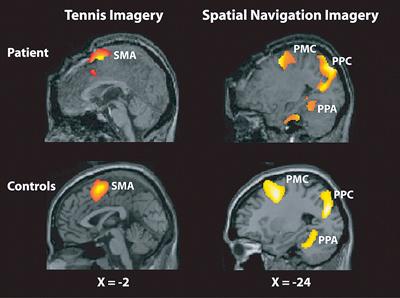Through the brain scanner you can see if you are able to communicate what is in coma

In a paper published in the New England Journal of Medicine, several neuroscientists have shown that there is a way to see to what extent those in coma are conscious.
The researchers are based on the work undertaken by neuroscientist Owen of the Cambridge Brain Science and Knowledge Unit. Precisely, with functional magnetic resonance imaging, Owen demonstrated in 2006 that a supposedly unconscious woman was able to obey orders: the images collected by the scanner were very different when she asked the woman to imagine herself to play tennis, or to ask her to imagine that she was inside a house.
This work was published in the journal Science and the definition of being conscious was debated. Since then, Owen and his team have continued to work and have come to the conclusion that the brain scanner is useful to know if someone in a coma is conscious after tracking 54 patients.
In one case, they have also been able to communicate with a patient who has been vegetative for five years. Unable to distinguish through the scanner whether a person is thinking whether or not, they asked him to imagine that he was playing tennis when he wanted to answer, and on the contrary, that he was at home. Then they asked him simple questions, like "Is his father's name Alexander?" And of six questions answered correctly five, leaving the sixth unanswered.





